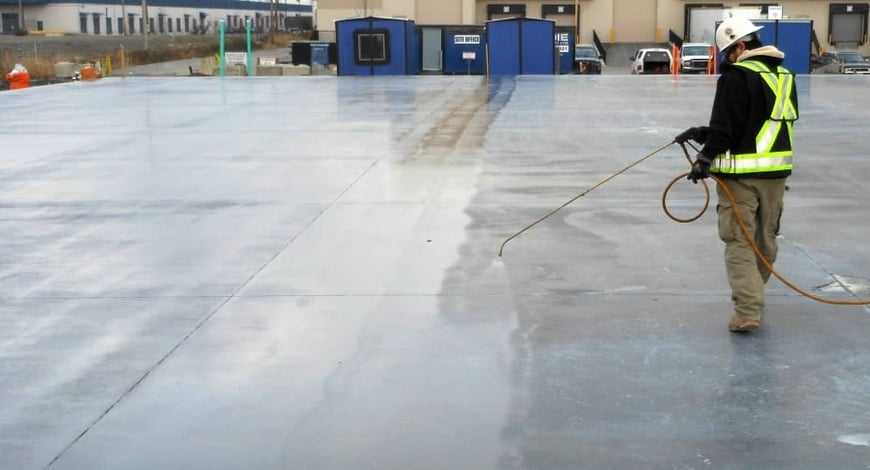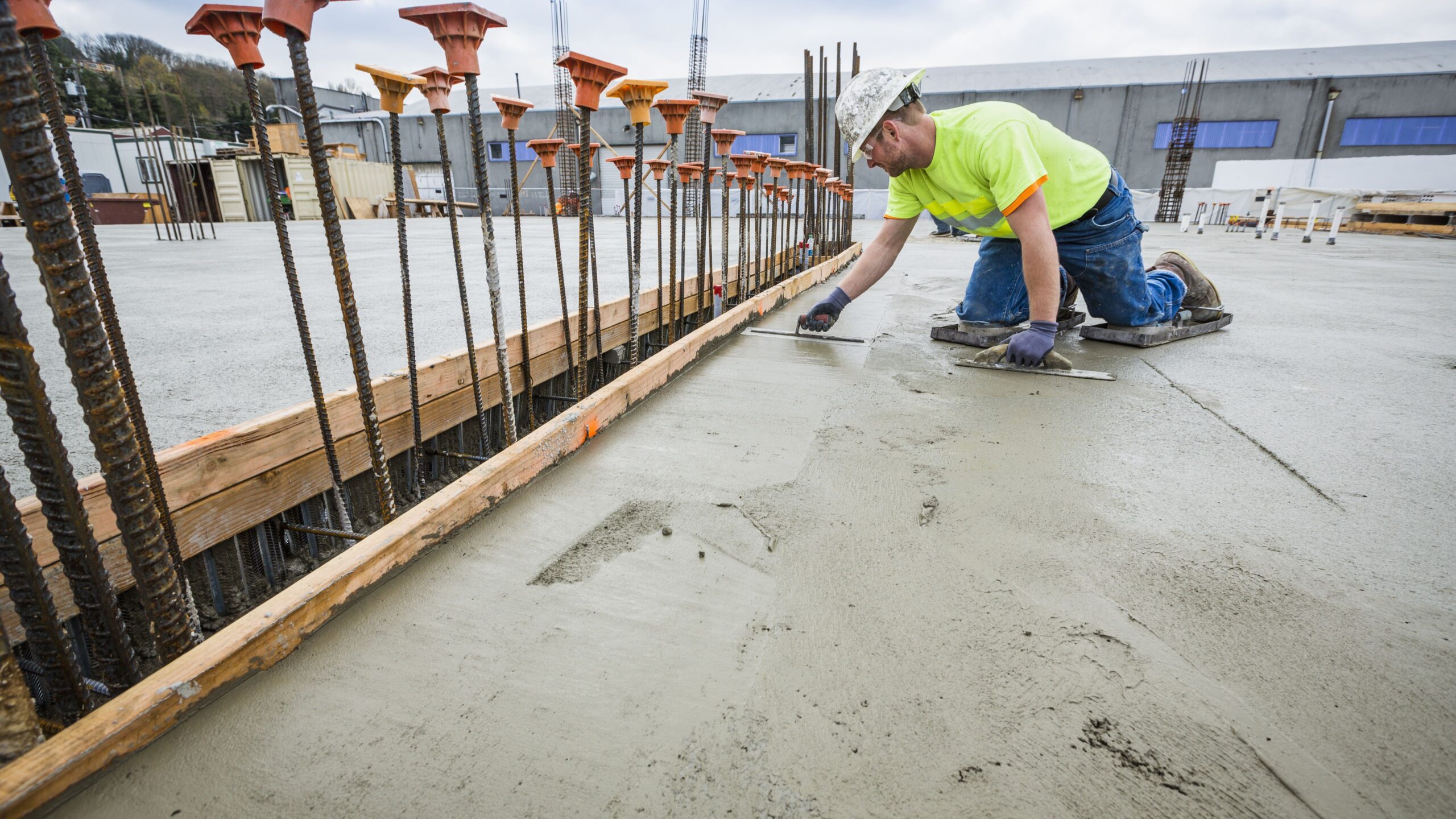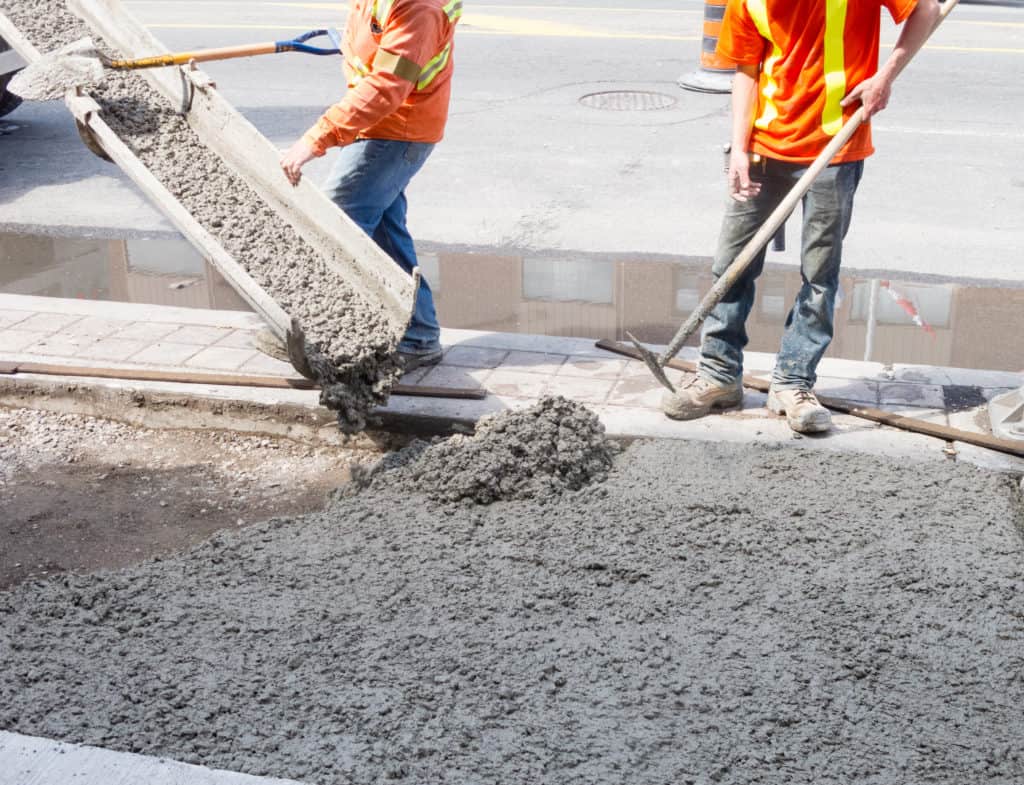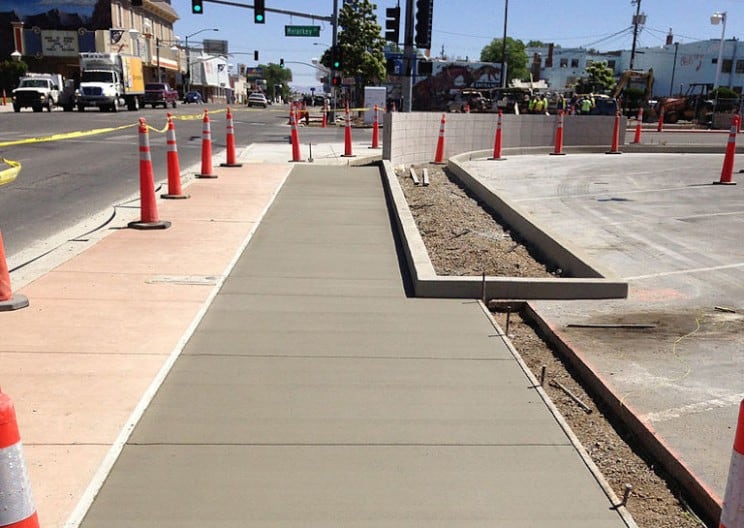
Curing Concrete During Hot Weather Months
Summer is around the corner and it won’t be long before you find yourself running into issues when laying concrete during hot weather. The best thing you can do is to seek advice and have a plan. Advance planning is necessary when curing concrete in temperatures higher than 77° F (25° C). You must develop a production plan during pre-job meetings in order to prevent future problems. A production plan helps you prepare for the four main environmental factors contributing to most common concrete problems reported in the late summer months. These factors are high ambient temperatures, low relative humidity, solar radiation, and strong winds. When mixing and placing concrete in hot months, contractors can suppress these factors by implementing a number of practices.
The Right Cure
Warm weather increases the rate of cement hydration which is why contractors should be aware of the strength of their mix. Order requirements must be agreed on before the job starts to ensure that the delivered product will meet the necessary strength requirements.
Hot weather increases the time it takes for the concrete to set, which makes the mix difficult to work with when placing and finishing. High temperatures may also increase the rate of slump loss. You will need to figure out what is the right strength requirement while keeping in mind that adding additional water to the mix results in a higher water/ cement ratio. This can cause a loss of strength and durability in the final product.
Admixtures
A good pre-job discussion should also include curing procedures. Hot weather causes fast evaporation of moisture from the new concrete surface. This leads to plastic shrinkage cracking. A good plan should also include possibly teaming up with admixture specialists to customize a mix design using the appropriate admixtures to counteract hot weather effects for each concrete job.
Chemical admixtures can help control the adverse effects hot weather may have on the properties of the concrete mix. Here are two types of additives used specifically to control the set time of concrete: retarding admixtures and those that stop the set. The formulation of these additives may appear to be chemically similar however, the effects are quite opposite.
A retarding admixture slows down how fast the concrete sets. This offsets quick drying which prevents premature stiffening caused by hot weather. Additives that completely stop the concrete from setting controls the cement hydration process. It completely delay the setting of the concrete, and keeps concrete in a fluid state for up to 72 hours.
In addition to admixtures, an air entraining agent may be used to maintain a required air content, and water reducing admixtures will control slump loss without affecting the water demand of the mix.
Other safeguards
Using chemical admixtures can be very helpful and if you’re not familiar then all the more you should seek advice and have a plan. There are also physical procedures producers can use to combat the effects of hot temperatures. These preventive measures include cooling aggregates by sprinkling them with water or keeping them shaded from direct sun, or set up wind barriers, use water misting, or apply evaporation retardants to protect the surface of new concrete from rapid moisture loss. Contractors should also begin curing procedures as soon as the concrete is ready and continue this for at least three days. The Cure Tender USA is a great piece of equipment that can contribute to a successful concrete job especially during the hot weather months. It frees you from the extra labor costs and since it’s solar-powered which produces its own water saves a significant amount of money.







